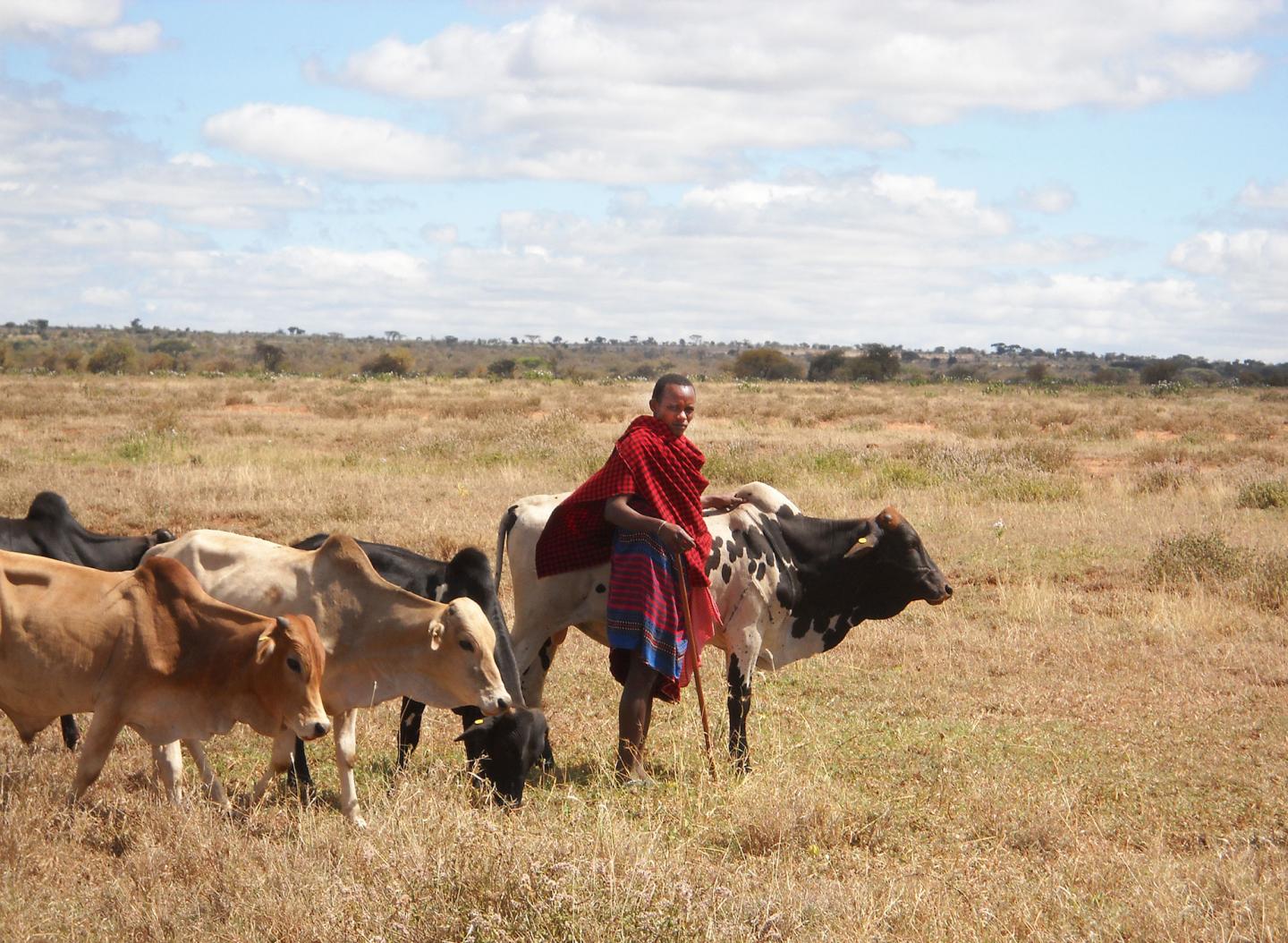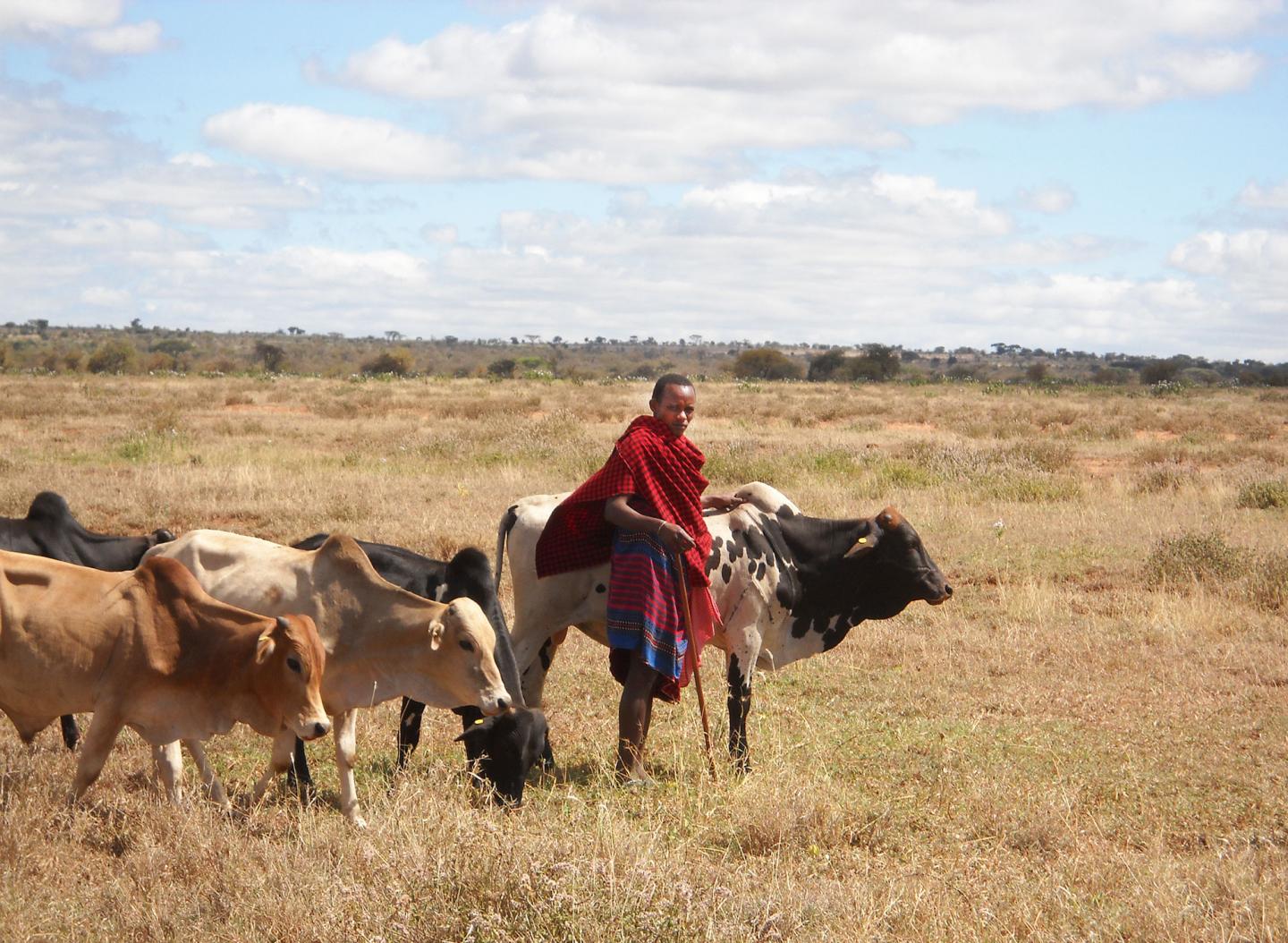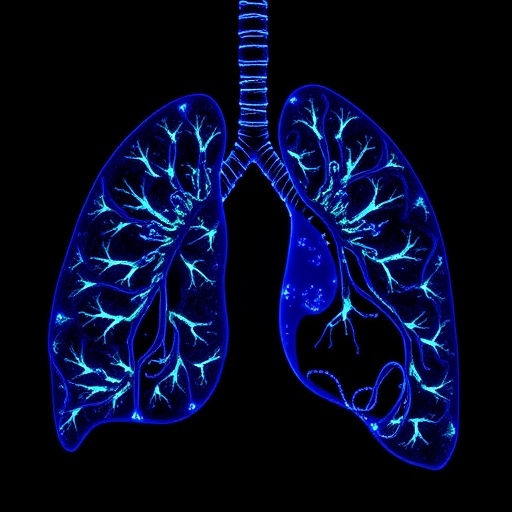
Credit: Washington State University
PULLMAN, Wash. – A Washington State University-led research team found households in rural Africa that vaccinate their cattle for East Coast fever increased their income and spent the additional money on food and education. Researchers also found that when fewer cattle died from the fever, girls were more likely to attend secondary school.
"When households vaccinate, it increases their wealth and income and sets them on a trajectory to provide education for their children," said lead author Tom Marsh, professor in WSU's School of Economic Sciences and the Paul G. Allen School for Global Animal Health. "Vaccinating is a way for households to pull themselves out of poverty.
"And it has an intergenerational effect if a family can spend more of their resources on education, especially for girls," he said.
More milk, fewer antibiotics
Published this week in the journal Science Advances, the study found that vaccinating increased a household's income because fewer cattle died and disease free cattle produced more milk to feed the family or to be sold in the marketplace.
Households also saved money because vaccinated cattle did not need as many antibiotic treatments or to be sprayed as often for ticks, which spread the disease.
"We are interested in understanding how the health of livestock translates into household decisions and meets sustainable development goals," said Marsh. "For example, concern about loss of milk production drives the adoption of vaccines because it is so important to households and children."
Leading cause of calf death
Caused by the parasite Theileria parva, East Coast fever is spread from diseased cattle to healthy cattle through tick bites. The disease can spread quickly and infect cattle throughout the community.
"East Coast fever is one of the most devastating cattle diseases," said Marsh. "It is the leading cause of calf death in east Africa."
For pastoral families, cattle are a main source of income. Losing even one to disease can negatively affect an entire family. Broader implications for antibiotic resistance
Households that vaccinated used fewer antibiotics to treat animals, so the widespread adoption of vaccinations could have larger global health benefits.
"We need to think long term about the use of antibiotics and antibiotic resistance, as well as vaccines," said Marsh. "If organizations are going to invest more money on vaccines, then besides the known effects – such as fewer cattle deaths – we need to understand the indirect effects.
"Developing better vaccines and easier ways to distribute them could have broad societal effects," he said.
###
Co-authors on the study are Jonathan Yoder, WSU School of Economic Sciences and the Allen School; Tesfaye Deboch (deceased), WSU School of Economic Sciences; Terry McElwain, WSU Allen School; and Guy Palmer, WSU Allen School.
Media Contact
Tom Marsh, WSU Allen School
[email protected]
509-335-8597
@WSUNews
############
Story Source: Materials provided by Scienmag





